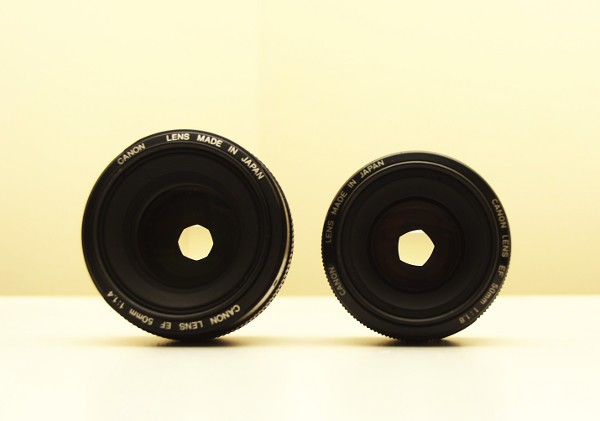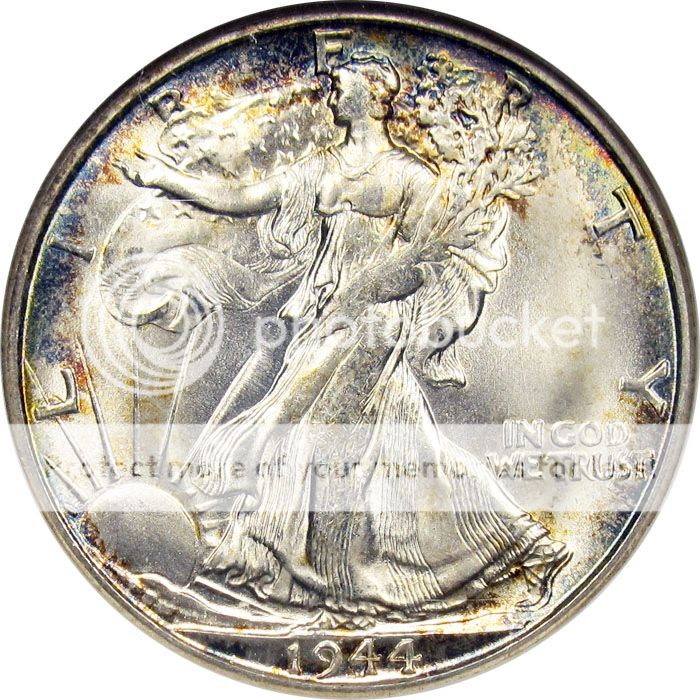bhee321
TPF Noob!
- Joined
- May 21, 2010
- Messages
- 64
- Reaction score
- 0
- Location
- Chicago, IL
- Can others edit my Photos
- Photos OK to edit
This 2 lenses are my Canon EF 50mm lens.
The one on the left is f/1.4 version and the one on the right is the f/1.8 mk1 version
Both lens were set at f/4 and their aperture size is about the same (of course, different shape since the f/1.8 version has less blades)
Since aperture is the ratio of focal length to effective aperture diameter and both lens are 50mm (focal length) with aperture set at f/4, therefore the physical aperture size should be the same. And it has nothing to do with filter size.

How did you set them both at f/4 with them off the camera?
This is probably a stupid question....but I must ask it lol in the pursuit of knowledge. :mrgreen:
im not too sure about canon. but i know on the nikon 50mm 1.8 and 1.4 they have an aperture ring so you could adjust the aperture on the lens itself.





![[No title]](/data/xfmg/thumbnail/31/31012-f5e0c7cdea2f2c3e44737e3f61c2461a.jpg?1734159086)

![[No title]](/data/xfmg/thumbnail/31/31011-439c1242fe08cf6b54f32bf06523a567.jpg?1734159083)







